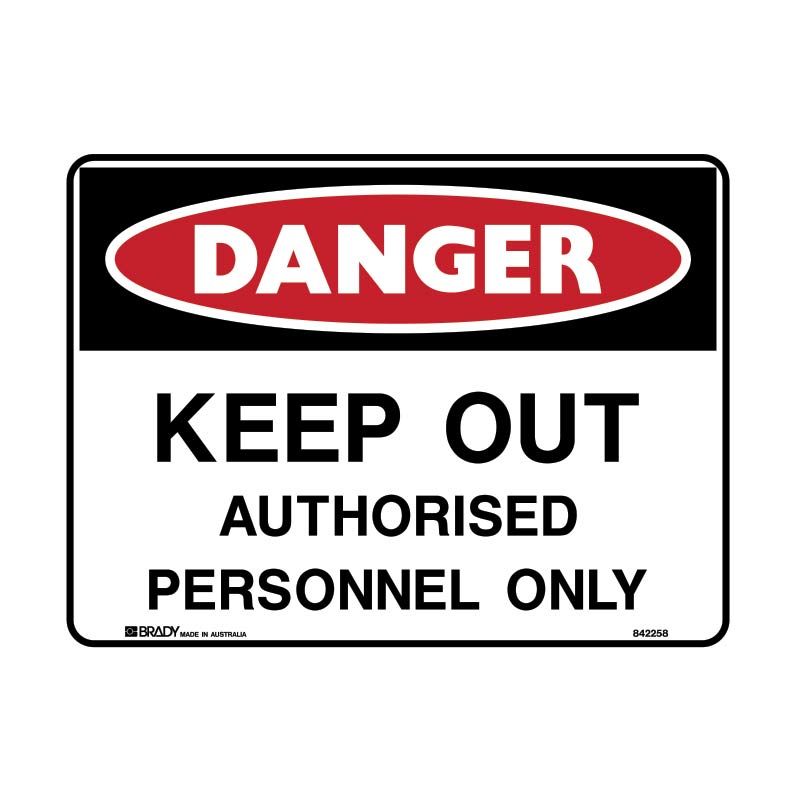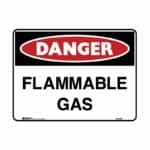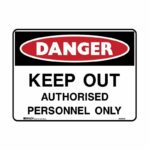Workplace safety isn’t optional; it’s a necessity. One of the critical components of this safety is danger signs – these signs warn employees against potential hazards. Yet, not all danger signs are created equal. The effectiveness of these signs is determined by their design and implementation.
This blog post aims to provide you with seven insightful tips to help you design and implement effective danger signs in your workplace. We’ll delve into their importance, the key factors in their design, how to properly implement them, the significance of employee education about these signs, and how to monitor their effectiveness. Let’s get started!
Understanding the Importance of Effective Danger Signs
In any workplace, especially environments where employees are exposed to constant hazards, ranging from physical hazards like machinery or chemicals to more subtle dangers such as slippery floors or high noise levels, danger signs are an essential safety measure.
These signs serve as visual warnings to employees about potential dangers and guide them on how to stay safe. In the event of an emergency, these signs can also help direct employees to safety.
But beyond protecting employees, effective danger signs have legal implications for employers. According to workplace health and safety regulations in Australia, employers are required to provide clear and concise information on workplace hazards, and danger signs play a crucial role in fulfilling this requirement. Failure to do so can result in severe consequences for employers.
Key Factors in Designing Effective Danger Signs
When designing danger signs for your workplace, there are some key factors to keep in mind to ensure their effectiveness:
1) Visibility and size of signs:
Danger signs must be visible from a distance, even in low-light conditions. They should also be large enough to be easily read. This is especially important in environments where employees are constantly on the move.
2) Use of universally accepted symbols:
Danger signs should use internationally recognised symbols, such as those outlined in the Australian Standard AS 1319-1994. These symbols are easily understood by people of different cultures and backgrounds.
3) Appropriate use of colours:
Colours play a significant role in the effectiveness of danger signs. Red, for example, is commonly associated with danger or caution. Yellow is used to alert employees about potential hazards, and green is used for safety instructions. It’s essential to use these colours appropriately to ensure employees understand the message being conveyed.
4) Clear and concise messaging:
Danger signs should be easy to read and understand at a glance. Avoid using complex language or too much text – simplicity is key when it comes to effective danger signs. As a rule of thumb, the message on a danger sign should be able to be read in three seconds or less.
Proper Implementation of Danger Signs
Designing effective danger signs is just the first step – proper implementation is crucial for their effectiveness. Here are some tips on how to properly implement danger signs in your workplace:
1) Strategic placement:
Danger signs should be placed in high-risk areas where hazards are present and can easily be seen by employees. They should also be positioned at eye level for maximum visibility.
2) Regular maintenance:
Danger signs should be regularly checked and replaced if they become damaged or faded. This ensures that the message remains clear and effective.
3) Consistent use of symbols and colours:
As mentioned earlier, the use of universally accepted symbols and appropriate colours is essential for effective danger signs. Make sure to maintain consistency in their use throughout your workplace.
4) Employee involvement:
Involve employees in the placement of danger signs. This could be through regular safety audits or by asking for feedback on where signs should be placed for maximum visibility. This not only helps ensure that the signs are effective but also increases employee awareness and ownership of workplace safety.
Educating Employees about Danger Signs
Designing and implementing effective danger signs is only half the battle. It’s essential to educate employees about these signs, their meaning and their importance. This can be done through safety training sessions and regular reminders about the significance of following these signs to avoid hazards.
Employees should also be educated on the consequences of ignoring or tampering with danger signs. By understanding the potential risks, employees are more likely to take these signs seriously and follow safety protocols.
Here are some ways to educate employees about danger signs:
- Safety training sessions: Provide regular safety training sessions that cover the meaning and importance of danger signs
- Employee orientations: Include information about danger signs in new employee orientations.
- External seminars: Attend external seminars or workshops on workplace safety and danger signs to stay updated and informed.
- Impromptu drills: Conduct impromptu drills to test employee knowledge and response to danger signs.
- Awards and recognition: Recognise and reward employees who consistently follow safety protocols, including obeying danger signs.
- Regular reminders: Use posters or other visual aids to remind employees about the significance of these signs
Monitoring and Evaluating the Effectiveness of Danger Signs
Just like any other safety measure, it’s crucial to monitor and evaluate the effectiveness of your danger signs. Here are a few ways to do this:
- Regular safety audits: Conducting regular safety audits can help identify any issues with danger signs and allow for necessary updates or changes to be made.
- Employee feedback: Encourage employees to provide feedback on the effectiveness of the danger signs in their workplace. This can help identify any areas for improvement.
- Monitor the occurrence of accidents: Keep track of any accidents or near-misses in the workplace and analyse whether danger signs could have played a role in preventing them.
- Review industry standards: Stay updated on industry standards and regulations to ensure your danger signs are compliant and effective.
By keeping these tips in mind, employers can design and implement effective danger signs that protect employees while also fulfilling legal requirements.
Where Jabac Comes In
At Jabac, we offer a wide range of danger signs that comply with Australian safety standards. Our signs are made from durable materials and are designed to be highly visible and easy to understand.
We also provide custom design services to meet the unique needs of your workplace. You can get a free quote by contacting us today at (03) 9720 0700.
Conclusion
Remember, designing and implementing effective danger signs is an ongoing process that requires constant evaluation and improvement. By following these tips and regularly investing in the safety of your workplace, you can create a safer and more secure environment for your employees.
So don’t wait any longer – take action now to ensure the safety of your workplace with effective danger signs from Jabac.
Categorised: 2023





